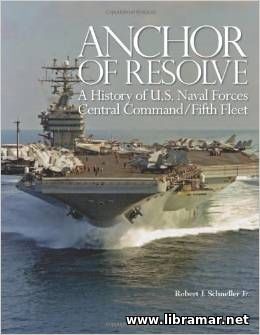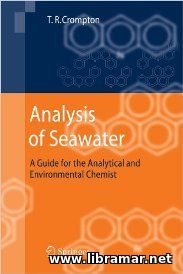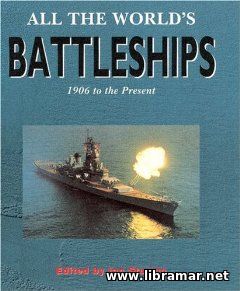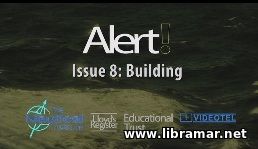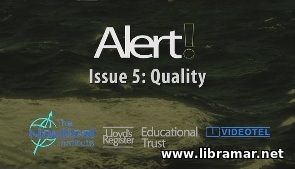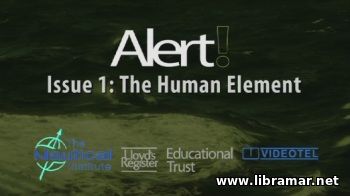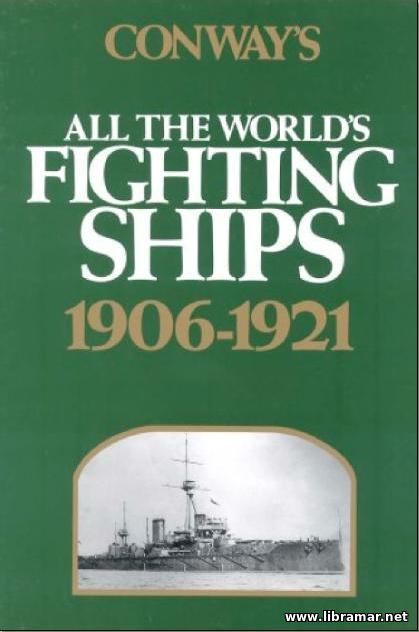
In 1906 the Royal Navy was just beginning to feel the effects of its dynamic new First Sea Lord, Sir John Fisher. But there were underlying causes for the technological ferment, which owed nothing to the driving force of Fisher. The great partnership between the Admiralty and the naval armaments industry had come to full flower, to a point where even the Royal Dockyards were at such a peak of efficiency that they could compete on an equal footing with private yards.
Sir William White, the Director of Naval Construction (1885-1901), had taken the reputation of British designs to the forefront of world opinion, so that exports helped to keep building costs competitive. Even more important, the emergence of the German Imperial Navy as a new threat provided a political spur to maintain the rate of expansion started by the Naval Defense Act in 1889. The pace of technical advance had paradoxically slowed sufficiently to permit a period of consolidation. Armor was no longer changing almost yearly, and so there was no race between gun caliber and protection to bedevil the designers.
The Parsons steam turbine was now proven, and needed only the endorsement of the Admiralty to displace reciprocating engines. And last of all, after four decades of largely theoretical discussion of warship design, there was now the practical experience of the Russo-Japanese War of 1904-5 to shape ideas about how warships should fight. The Fisher dictum 'Build First and Build Fast, Each One Belter than the Last' made a rousing slogan, and industry responded magnificently by turning out large numbers of ships at astonishingly short intervals. As one commentator had said, the flame of genius burned uncertainly in Fisher, and in his enthusiasm for the new technology he showed surprisingly little understanding of its implications. Thus the basic design of the Dreadnought was repeated in two classes, before any valid lessons could be learned from the prototype.
Similarly the new armored cruisers were repeated with no attempt to eradicate any weaknesses. Speed was Fisher's god, and in his zeal to increase speed in every category be created severe problems. The time given to prepare designs for the new destroyers, for example, was ludicrously short, and as a result, the Navy was saddled with ship of considerably less utility than the previous class - and at higher cost. The mania for speed soon infected the whole Navy, and it became the habit to credit ships with absurdly high speeds on trials.
The policy of deception spread to other areas, and the battle cruisers in particular were credited with spurious Fighting qualities. As is so often the case, the deceivers ultimately came to believe their own deception, thereby defeating whatever object Fisher may have had in mind... There are three more books in this series covering the periods 1860-1905, 1922-1946 and 1947-1995.
